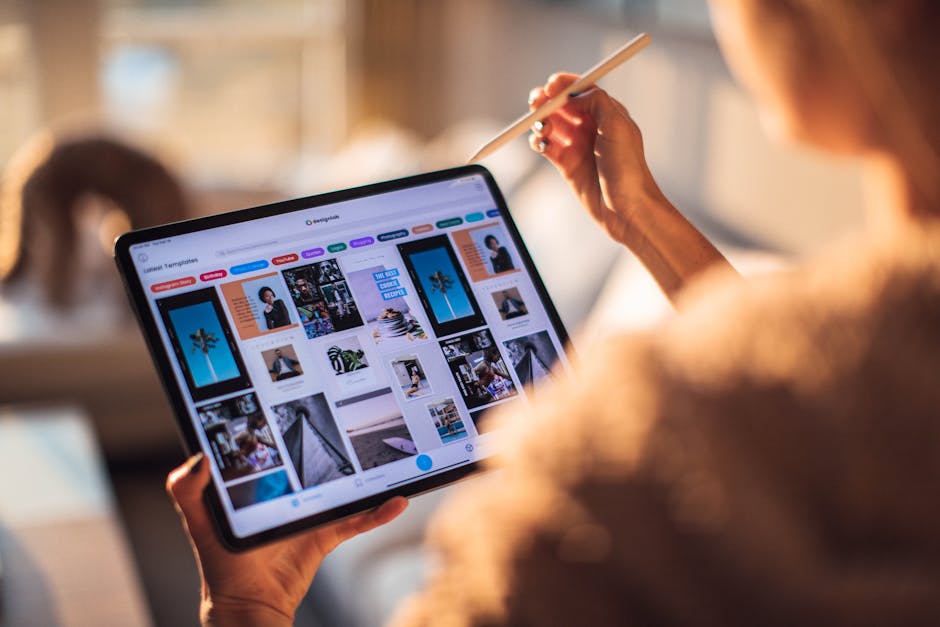
UI design plays a crucial role in ensuring that a mobile website is accessible to all users, regardless of their abilities or disabilities. In today’s digital age, creating a mobile website with cutting-edge UI tips can greatly enhance the user experience and make the site more inclusive. Web designers and developers must prioritize accessibility in their designs to cater to a diverse audience. By implementing best practices in UX design and UI, mobile websites can become more user-friendly and easier to navigate for everyone.
One of the key aspects of webdesign for mobile websites is ensuring that the site is responsive and can adapt to different screen sizes. This is essential for users who may be accessing the site on a variety of devices, such as smartphones, tablets, or laptops. By using a responsive design approach, designers can create a seamless user experience that adjusts to the user’s device, making it easier to read and navigate the site. This is a fundamental aspect of UI design that can greatly improve mobile website accessibility.
Another important aspect of UI design for mobile websites is the use of intuitive navigation. Users should be able to easily find the information they are looking for without having to search through multiple pages or menus. By using clear and concise navigation menus, designers can help users quickly locate the content they need. This is crucial for users with disabilities, as well as those who may be using assistive technologies to navigate the site. By implementing intuitive navigation, designers can improve the overall user experience and make the site more accessible to all users.
In addition to responsive design and intuitive navigation, designers should also consider the use of color and contrast in their UI design. Color plays a significant role in the overall look and feel of a mobile website, but it is also important for accessibility purposes. Designers should ensure that the color scheme of the site is visually appealing and easy to read for all users. This includes using high contrast colors for text and background elements, as well as avoiding color combinations that may be difficult for users with color vision deficiencies. By paying attention to color and contrast, designers can create a mobile website that is not only visually appealing but also accessible to all users.
Furthermore, designers should consider the use of alt text for images and other visual elements on the mobile website. Alt text is a text alternative that is displayed when an image cannot be loaded or when a user is using a screen reader. By providing descriptive alt text for images, designers can ensure that all users have access to the content on the site, regardless of their abilities. This is a simple yet effective way to improve mobile website accessibility and make the site more user-friendly for everyone.
In conclusion, implementing cutting-edge UI tips for mobile website accessibility is essential for creating a user-friendly and inclusive site. By focusing on responsive design, intuitive navigation, color and contrast, and alt text for images, designers can greatly enhance the user experience for all users. Web designers and developers should prioritize accessibility in their designs to ensure that mobile websites are accessible to everyone. By following best practices in UX design and UI, designers can create mobile websites that are not only visually appealing but also easy to navigate and use for all users.




